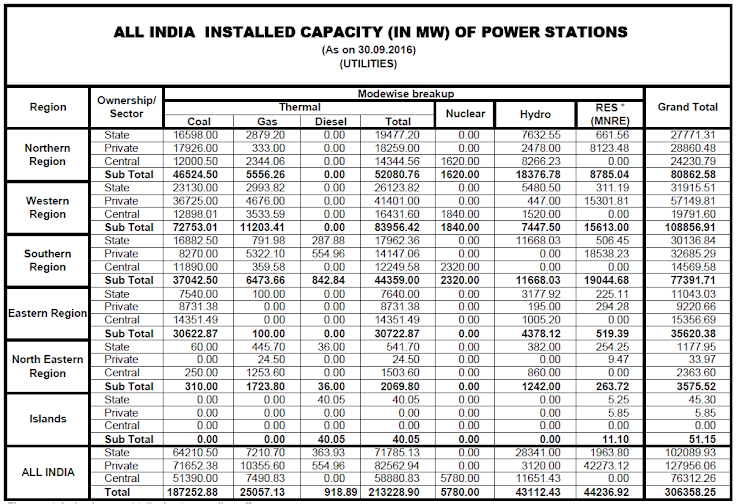Electricity may get costlier as states demand higher royalty on coal: India Ratings
Author: Economic Times | New Delhi, Debapriya Mondal : 19th January 2017
Chhattisgarh’s request for a revision in royalty rates on coal to 30 per cent from the existing 14 per cent ad-valorem, will push up the cost of electricity by 7 per cent or 10-12paisa/kWh, India Ratings today said in a report.
The state government has constituted a study group to consider the revision in the royalty rates based on the request. “Ind-Ra believes the royalty hike looks quite steep at 30 per cent, and if accepted, it will lead to coal attracting the highest ad-valorem duty compared to all other minerals,” the report said.
Assuming a pithead price of Rs 720 per tonne for coal, the royalty increase will also lead to a higher contribution towards district mineral foundation (DMF) at 30 per cent of royalty and National Mineral and Exploration Trust (NMET) at 2 per cent of royalty, which translates into a higher cost of electricity generation by 10-12paisa/kWh.
Since January 2015, coal consumers have been hit by rising prices due to the imposition of DMF and NMET (effective January 2015), taking the effective royalty rate up to 18.48 per cent from 14 per cent. Additionally, if the royalty rates were to increase to 30 per cent, the effective royalty rate would be 39.6 per cent including DMF and NMET contribution.
Furthermore, the clean energy cess increased to Rs 400 per tonne from Rs 200 per tonne in the Union Budget 2016. During May 2016, Coal India Limited (CIL) increased the run-of-the-mine prices for the most widely supplied grades of coal to the power sector by an average of 16 per cent. Similarly from 1 April 2015, freight charges for coal were hiked by 6.3 per cent.
Therefore, the variable cost of generation for a plant situated 500km from the mine which used to receive grade G13 coal, has increased by 24 per cent to Rs 1.69/kWh. “If the revised royalty rates were to be accepted as proposed by the Chhattisgarh government, the variable cost of generation can increase by another 7 per cent,” India Ratings said.
It added that on the positive side, coal linkage rationalisation for companies has led to a decline in the transportation costs, thus easing some impact. Industrial power rates are a critical pre-investment consideration for manufacturers and given that bulk of the coal-based capacity in India is on a cost pass-through basis, the ultimate impact of such hikes is passed on to consumers. Such regular hikes in one form or the other are not a healthy sign for thermal power generators.
“Ind-Ra believes that as alternate sources of power namely solar see further reduction in tariffs, the competition between thermal and solar will intensify, with a high probability of solar winning. These price hikes have played out at a time when the all-India power situation continues to improve and CIL is looking at a coal surplus situation, with the possibility of coal also being exported,” it said.
Even after the hike, the coal supplied domestically by CIL continues to be cheaper than the imported coal. Coal has seen a change in royalty rate in 2012, with the royalty being changed to the ad valorem basis at 14 per cent from the earlier system of tonnage based and ad-valorem with royalty on Grade D/E coal being Rs 70 per tonne plus 5 per cent of CIL run of the mine price.
It further said the states will benefit at the expense of consumers paying more for electricity. “Ind-Ra estimates that the increase in royalty up to 30 per cent for the top three states could result in an additional income between Rs 5 billion to Rs 39 billion, depending on the final royalty rate,” it said.


